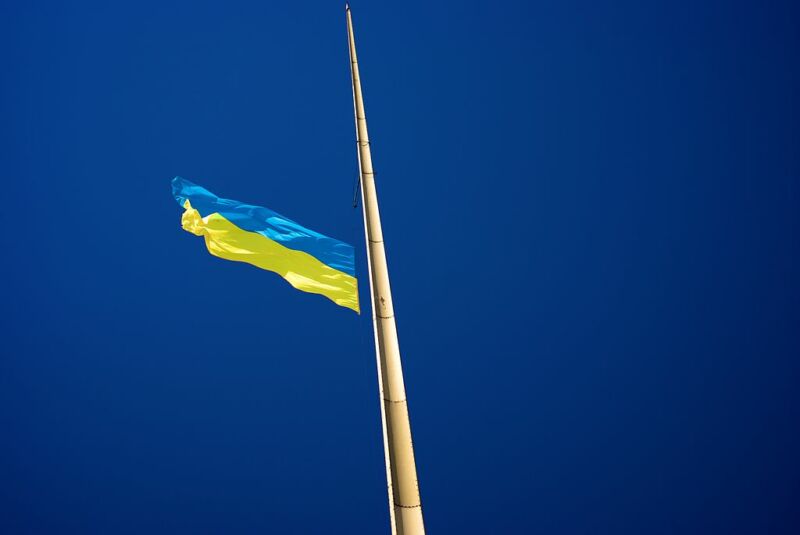In coronavirus's wake, garden-variety germs may come roaring back.
BETH MOLE - 2/23/2021 ARS TECHNICA

Young children go back to kindergarten following COVID-19 lockdown.
In our cushy COVID bubbles, our immune systems may be getting soft.
Physical distancing, lockdowns, masking, and spirited sanitizing all mean we are coming into contact with fewer garden-variety germs than normal. This year’s flu season was basically cancelled.
While that may seem like a welcome reprieve from seasonal ailments and pesky sniffles, experts fear that our immune systems may be losing their defensive edge in the lull. And with the usual microscopic suspects lying in wait for our return to some sense of normalcy, it could mean that nasty bursts of common colds and flu-like illnesses are in our post-COVID futures—ones that may not be avoidable even if we carry on with some of our COVID precautions.
That seems to be what played out in Hong Kong. In an analysis published in the journal Emerging Infectious Diseases, researchers noted a dramatic burst of upper respiratory infections there shortly after children returned to schools and daycares in October 2020. The outbreaks erupted even though teachers and students were still following strict COVID precautions.
“Staff and students wore face masks at all times; lunch hours were cancelled, desks were spaced out, and group activities were limited,” the researchers noted.
Still, by the end of November, the researchers tallied 482 outbreaks of upper respiratory infections in schools. Of the outbreaks, 308 were in primary schools and 149 were in kindergartens, childcare centers, and nursery schools. The remaining 25 were in secondary schools. With the widespread outbreaks, officials began calling for territory-wide school closures in mid to late November.
When researchers looked at laboratory testing on the specific germs behind the snotty surge, they found no infections from the novel coronavirus, SARS-CoV-2, and no infections with influenza viruses. Instead, the testing pointed to rhinoviruses and enteroviruses—culprits of the common cold and other similarly mild infections.
Roaring back
The researchers hypothesize that the burst of bothersome bugs was born out of immune responses in the children waning while in-person learning was largely shut down between January and late September. A cross-sectional survey had earlier suggested that 75 percent of school children did not have contact with people outside their households while they were out of school.
As cases of colds and flu-like illnesses plummeted during that time, “population susceptibility to rhinoviruses and other respiratory viruses, including influenza viruses, might have been increasing over time because persons were likely less exposed to the viruses when intense social distancing measures, including school dismissals, were implemented in response to the COVID-19 pandemic,” the researchers suggest. “This would have increased transmission potential when schools resumed.”
They note that a similar surge in common colds was seen in adults in England a few weeks after schools reopened there in September.
“Nonpharmaceutical interventions might differ”
As for how the viruses still managed to spread with the COVID-19 precautions in place in the reopened schools, the researchers have another hypothesis: basically, COVID precautions don’t work well against common cold germs. For example, face masks have been shown to successfully block coronaviruses and influenza viruses—but they’re less effective at blocking rhinoviruses. And rhinoviruses are hardier than coronaviruses and influenza viruses when it comes to withstanding disinfectants.
Generally, different respiratory viruses use the same set of transmission modes (surfaces, respiratory droplets, etc.), but “how much each mode contributes to transmission of a specific virus remains unclear; therefore, the effectiveness of certain nonpharmaceutical interventions might differ between viruses,” the researchers write. In other words, masks and disinfection may be highly effective against flu viruses and SARS-CoV-2, but they may not be as effective against your standard snotty-kid germs.
“Our findings highlight the increased risk posed by common cold viruses in locations where schools have been closed or dismissed for extended periods during the COVID-19 pandemic,” the researchers conclude.
BETH MOLE is Ars Technica’s health reporter. She’s interested in biomedical research, infectious disease, health policy and law, and has a Ph.D. in microbiology.









/cdn.vox-cdn.com/uploads/chorus_image/image/68881372/1151068320.0.jpg)
/cdn.vox-cdn.com/uploads/chorus_image/image/68881651/JPEG_image_5EB6C756773A_1_2.0.jpeg)